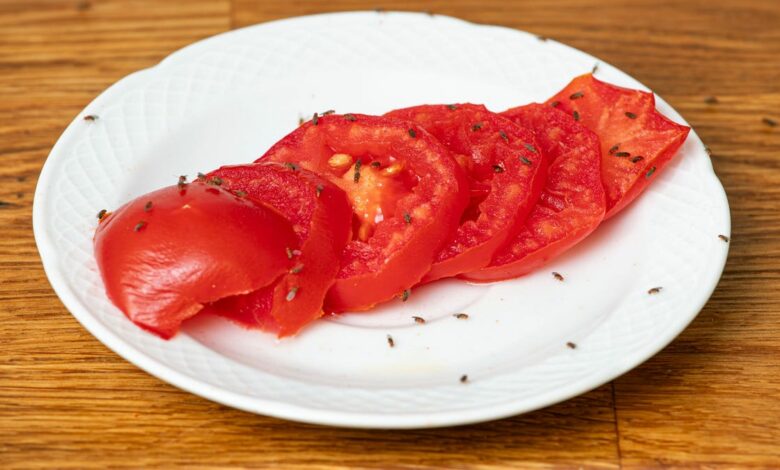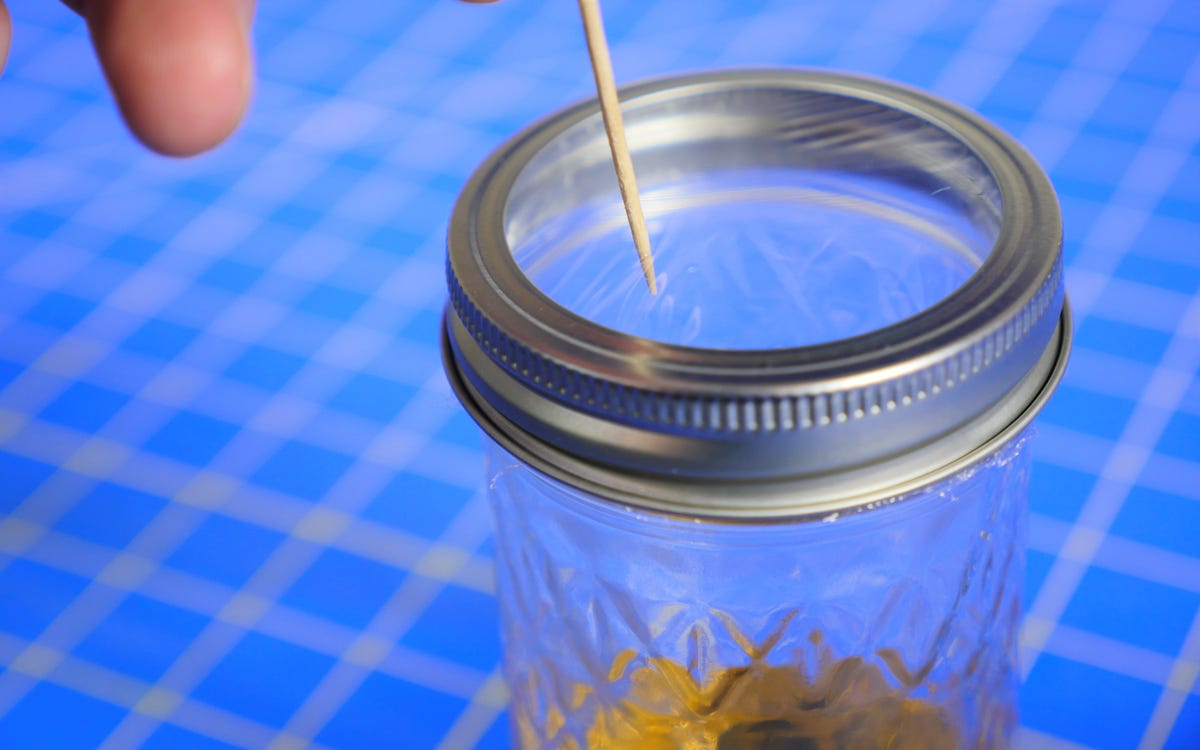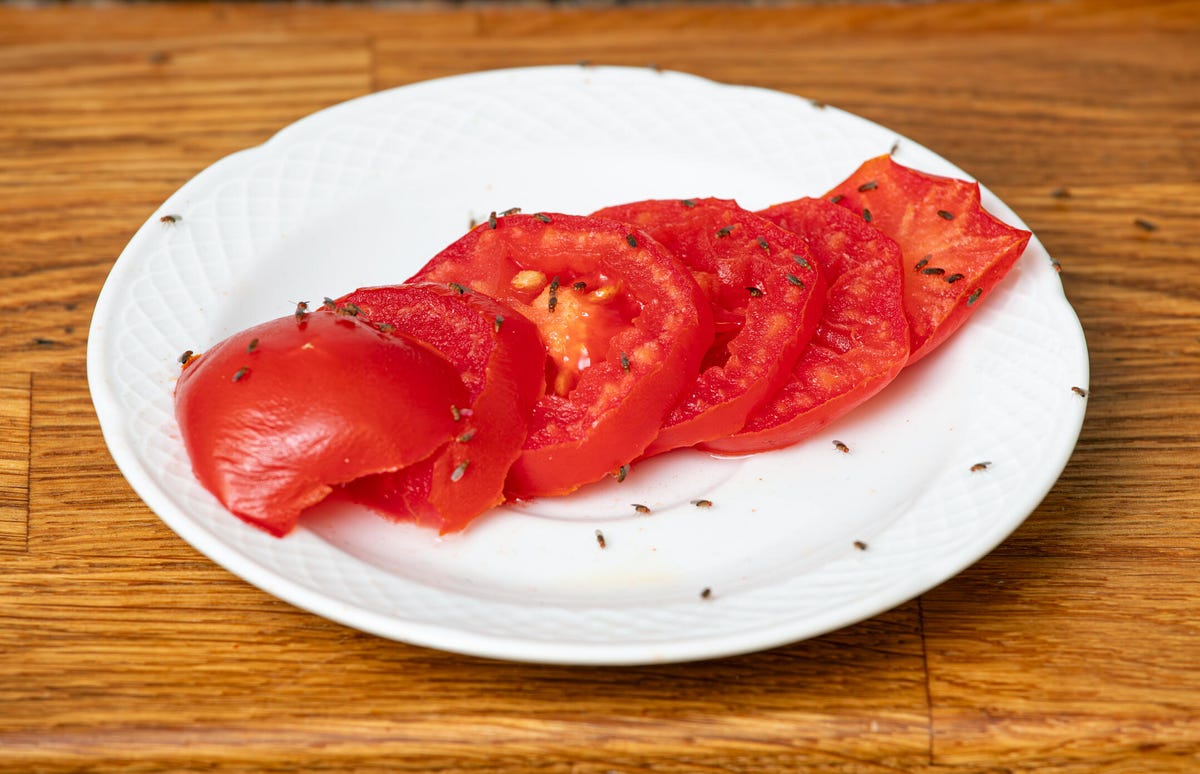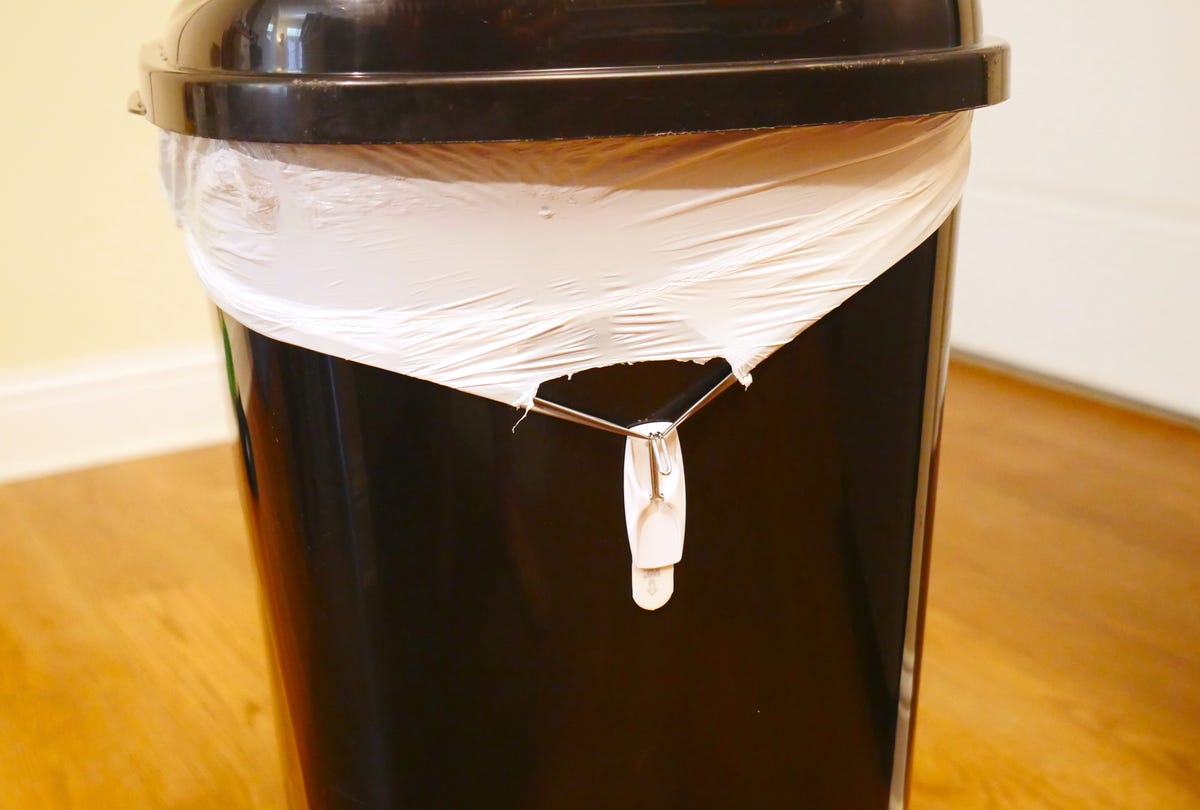Quick and Easy Ways to Get Rid of Fruit Flies, According to Experts






You’re preparing lunch in the kitchen when a small insect darts past the corner of your eye. It’s moving too fast to see. Eventually, it stops, right by your salad bowl. An annoying little pest, even more annoying because it likes to stay in your home: a fruit fly. No matter how diligent you are, once they find a food source and start infiltrating, it will be difficult to control them in the future.

When it comes to fruit flies, an ounce of prevention is better than a pound of cure. We asked Jody Greenentomologist at the University of Nebraska-Lincoln, explains what causes fruit fly infestations and, more importantly, how to stop or control them once they’ve started.
What causes fruit flies?

Beer, wine and soft drinks are like a siren song to fruit flies.
Fruit flies usually nest on overripe fruit that you take from the supermarket, or on bruised fruit. Fruit ripens faster and rots faster.
Once the flies get into your home, she said, they lay eggs wherever they can — in rotten fruit or other fermented substances. And as the weather warms, their life cycle speeds up. That’s how infestations happen.
Read more: Keep Bugs Out of Your Kitchen with These Common Houseplants
Luckily, there are ways to kick fruit flies out of your kitchen and banish them from your home. Some steps can help prevent an infestation, while others can help eliminate an infestation. So take a look below and keep your home fruit fly-free.
What do fruit flies look like?

Once fruit flies are in your kitchen, it is difficult to get them to leave.
Fruit flies are about an eighth of an inch long, have red eyes (although some species have darker eyes), and are light brown with dark rings around their abdomens. They also have two wings (many insects have four).
What types of foods and environments attract fruit flies?

Ripe fruits and vegetables and sweet foods are magnets for fruit flies.
The common name given to fruit flies by entomologists is vinegar flies. This is because they are naturally attracted to fermented liquid, and when fruit rots, it also ferments.
But fruit flies don’t just thrive on rotten fruit or vinegar. They also love sugary substances like soda, wine, and beer, and you can find them at the bottom of your trash can or in any wet spot with a substantial food source.
“Substantial food source” may mean something different to you than it does to the tiny but mighty fruit fly, Green said. “It may not be the food you want to eat, but fruit flies are so small that they only need a small microhabitat” — like the leftover soda in a can in your recycling bin or scraps and crumbs in a takeout container in your garbage can, Green explained. Those are prime spots for fruit flies to breed. And once the weather warms up, it won’t take as long for fruit fly eggs to turn into babies.
How to Stop a Fruit Fly Infestation Before It Starts

During the warm summer months, put your waste outside as often as possible.
Preventing fruit flies from taking over your kitchen comes down to cleaning. Keeping your home as dry and free of food as possible prevents pests from continuing their life cycle.
Throw away trash and take out recyclables regularly. Clean the bottom of trash cans if there is liquid in them, wipe down countertops when you are done cooking, and keep your sink and garbage disposal free of old food, empty dishes, and as dry as possible.
Keeping fruits and vegetables in the refrigerator instead of on the counter also makes it harder for fruit flies to find them. And because they’re attracted to rotting fruit, choose your produce carefully at the store to make sure you don’t bring home any that are rotten or bruised, Green says.
She also added that you should recycle or compost cardboard boxes with produce as soon as possible, as fruit flies can breed in them. Any place that collects water or is damp, such as a wet kitchen towel or the rug next to the sink, can become a breeding ground for fruit flies.
For more home tips, check out the best air purifiers for clean air and the best cordless vacuum cleaners.




